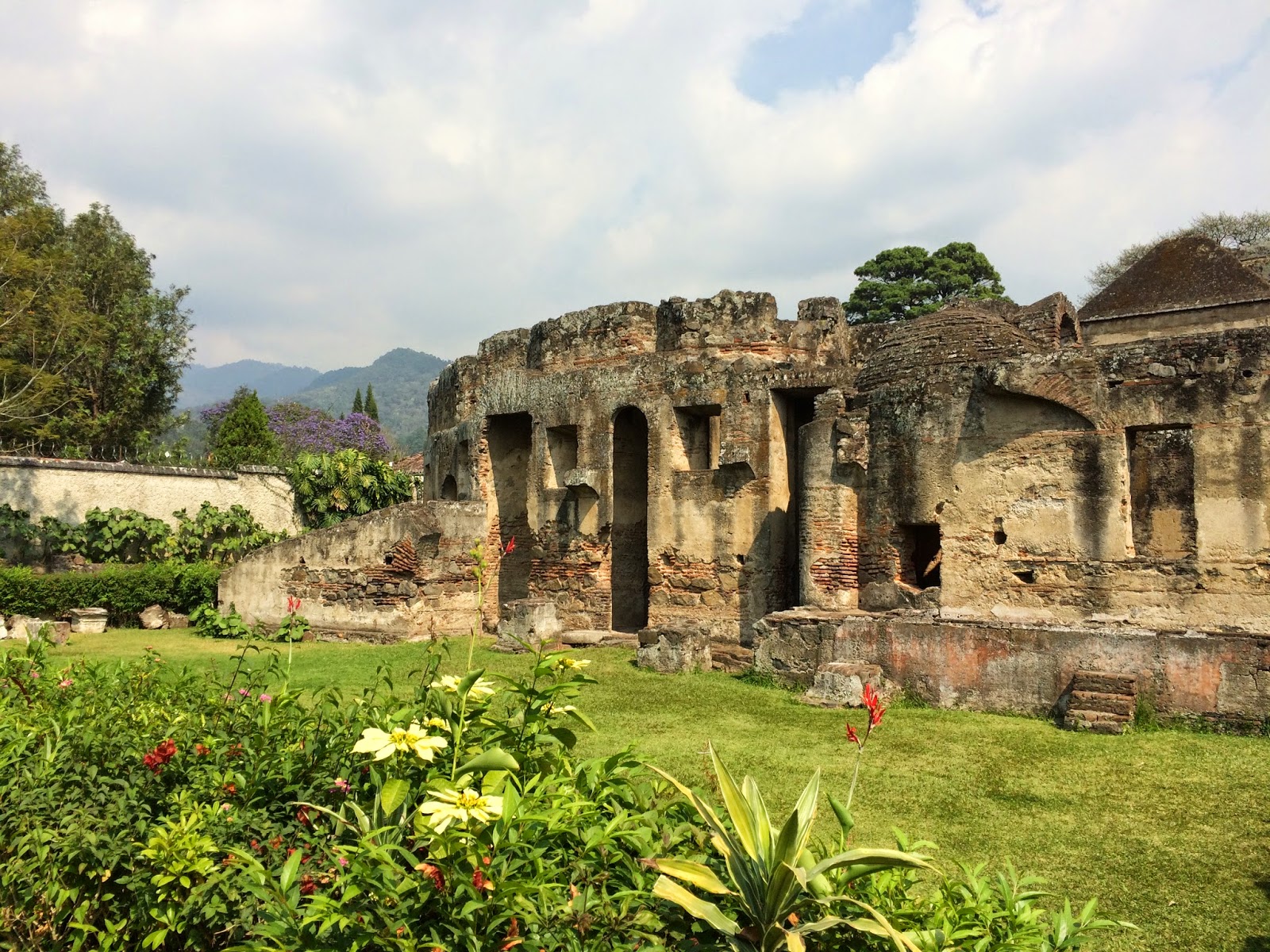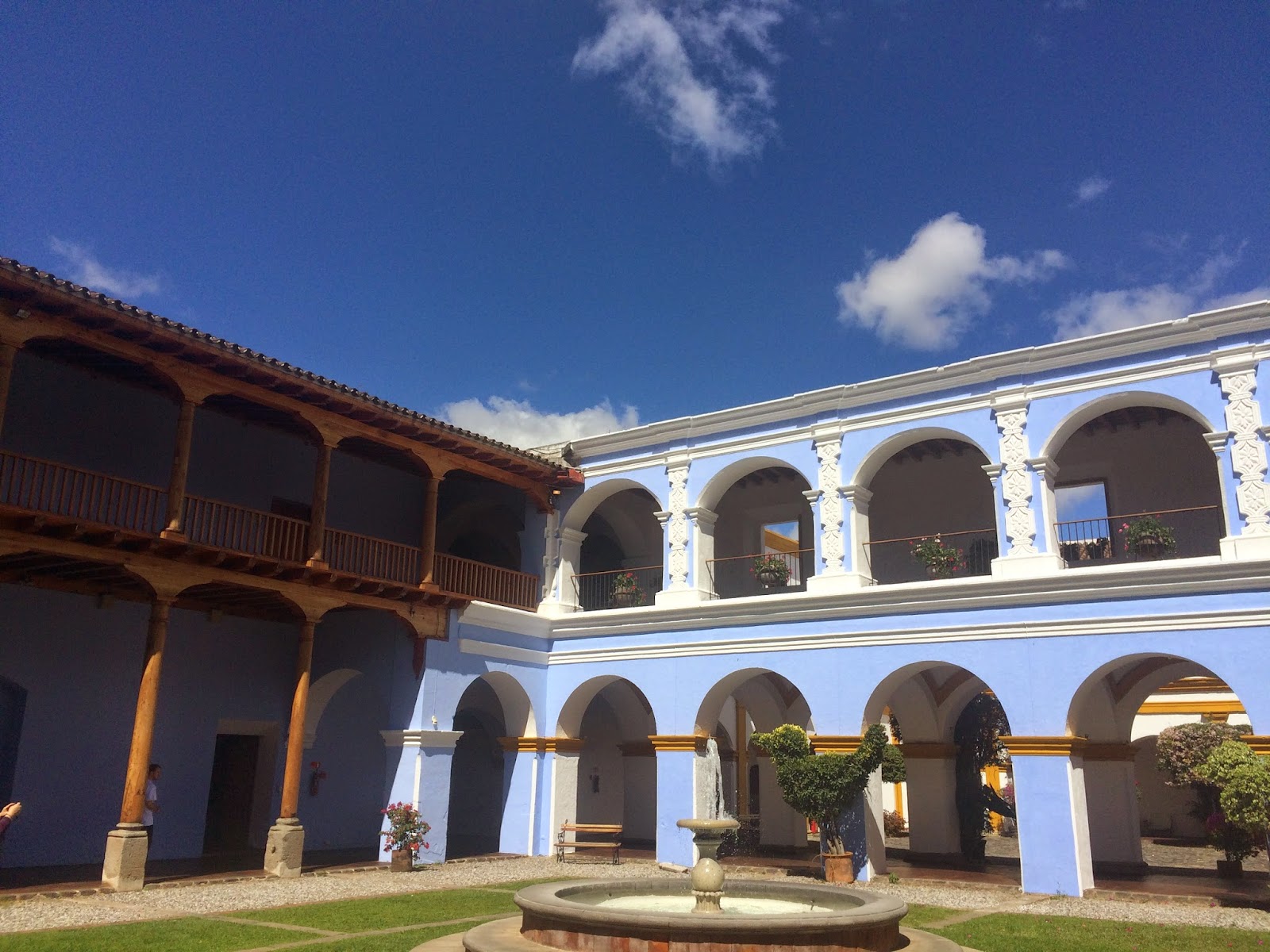You know that feeling, when you have a knot in your stomach? If you could draw a picture of that knot, what would it look like?
One of the many challenges of learning a second language is understanding figurative language. Metaphors and idioms vary across different languages; for example, when something costs "an arm and a leg" in English, it costs "an eye of the face" (un ojo de la cara) in Spanish (and also Italian: costa un occhio della testa). As a general rule, idioms do not translate well. Instead, you have to learn the equivalent expression. Here are some great idioms unique to various languages.
Based on this, it was totally predictable that one of the adult ESL students I tutor, from China, didn't understand the expression, to have "a knot in one's stomach". Trying to help the students infer the meaning of this idiom, I asked, "Well, what is a knot?" (looking for a literal explanation). To my surprise, my Chinese student drew a picture that looked something like this:
Wait a minute! That's not the kind of knot I envision in my stomach when I feel nervous or upset. In fact, that's not even my image of a literal knot. Explaining this, I drew my version of a knot:
To explore this difference, we googled images of "Chinese knots", and discovered a bunch of things that look like this:
Again, at least for me, this is not a "knot", and is definitely not the type of thing you have in your stomach just prior to, say, a public speaking engagement.
So, I came away from that tutoring session with an enhanced understanding of how language affects the way we think, a topic that has woven itself (hey, there's another metaphor!) throughout my current semester. It's easy to see how our thoughts might influence our language, but does it work the other way around?
As an opener for my Language Development class this term, the students listened to the Radio Lab program, "Words", which recounts a series of intriguing stories of people who experience ways in which language has a clear impact on cognition. My class had a great discussion about this program, and the language-thought relationship has continued to be an important theme of the course.
Shortly afterwards, NPR published an article on the same topic, which I actually brought in to read with my ESL tutoring students. The article was a challenging read for my students, and they didn't seem to really connect with the idea that language could influence our thoughts. Until, a couple months later, we had the conversation about knots.
Hence, I hear, "knot", and imagine a tangled up ball of string: the mess you can't get out of your shoelaces, or a necklace. My Chinese student hears, "knot", and thinks of a beautiful, intricate and organized pattern used for decoration and good wishes. Certainly, this divergent conceptualization of "knot" would influence the interpretation (and perhaps even existence) of the idiom, "knot in the stomach". One thing I am not sure of is whether there is a similar idiom in Chinese to express this feeling of anxiety. However, I am sure of this: language -and all the cultural connections that come with it- do influence our thoughts and the way we see the world.
One of the many challenges of learning a second language is understanding figurative language. Metaphors and idioms vary across different languages; for example, when something costs "an arm and a leg" in English, it costs "an eye of the face" (un ojo de la cara) in Spanish (and also Italian: costa un occhio della testa). As a general rule, idioms do not translate well. Instead, you have to learn the equivalent expression. Here are some great idioms unique to various languages.
Based on this, it was totally predictable that one of the adult ESL students I tutor, from China, didn't understand the expression, to have "a knot in one's stomach". Trying to help the students infer the meaning of this idiom, I asked, "Well, what is a knot?" (looking for a literal explanation). To my surprise, my Chinese student drew a picture that looked something like this:
 |
| Image excerpted from http://www.chipellis.com/Writings/writings.htm |
 |
| My drawing of "knot" |
 |
| From http://www.chinatravelpage.com/chinese-knot-a-symbol-of-china |
Again, at least for me, this is not a "knot", and is definitely not the type of thing you have in your stomach just prior to, say, a public speaking engagement.
So, I came away from that tutoring session with an enhanced understanding of how language affects the way we think, a topic that has woven itself (hey, there's another metaphor!) throughout my current semester. It's easy to see how our thoughts might influence our language, but does it work the other way around?
As an opener for my Language Development class this term, the students listened to the Radio Lab program, "Words", which recounts a series of intriguing stories of people who experience ways in which language has a clear impact on cognition. My class had a great discussion about this program, and the language-thought relationship has continued to be an important theme of the course.
Shortly afterwards, NPR published an article on the same topic, which I actually brought in to read with my ESL tutoring students. The article was a challenging read for my students, and they didn't seem to really connect with the idea that language could influence our thoughts. Until, a couple months later, we had the conversation about knots.
Hence, I hear, "knot", and imagine a tangled up ball of string: the mess you can't get out of your shoelaces, or a necklace. My Chinese student hears, "knot", and thinks of a beautiful, intricate and organized pattern used for decoration and good wishes. Certainly, this divergent conceptualization of "knot" would influence the interpretation (and perhaps even existence) of the idiom, "knot in the stomach". One thing I am not sure of is whether there is a similar idiom in Chinese to express this feeling of anxiety. However, I am sure of this: language -and all the cultural connections that come with it- do influence our thoughts and the way we see the world.

















